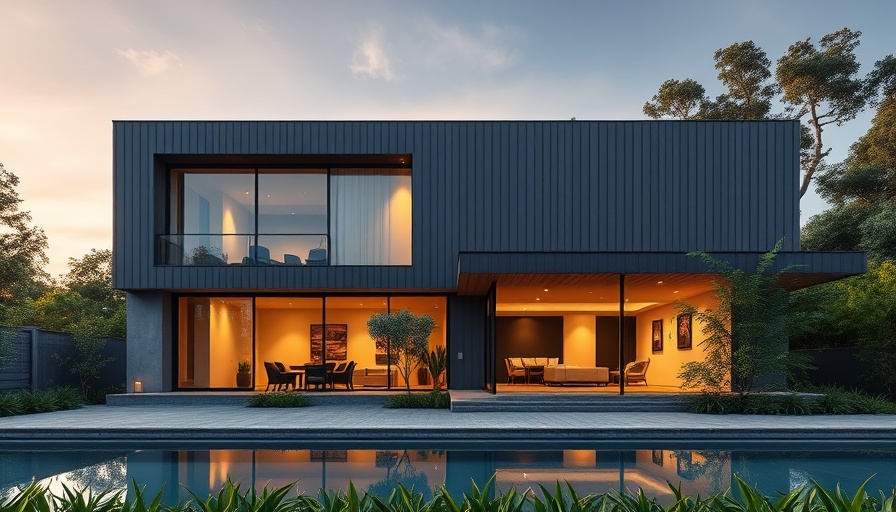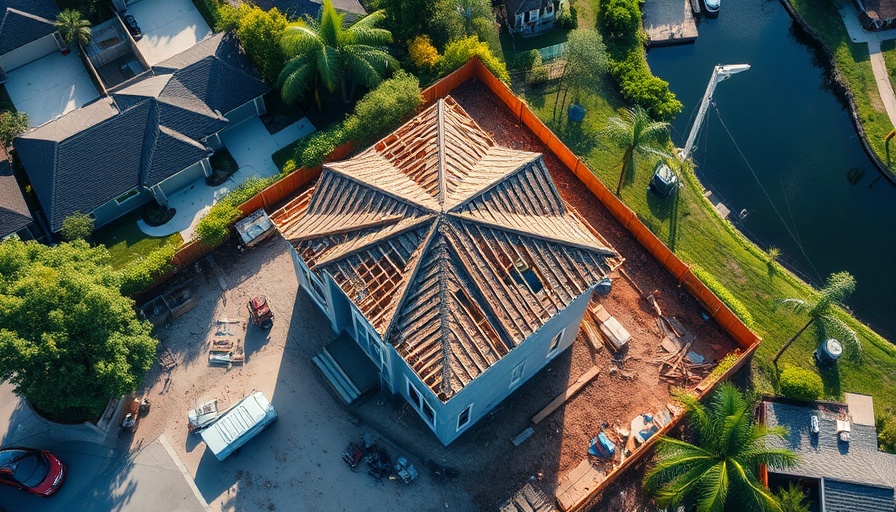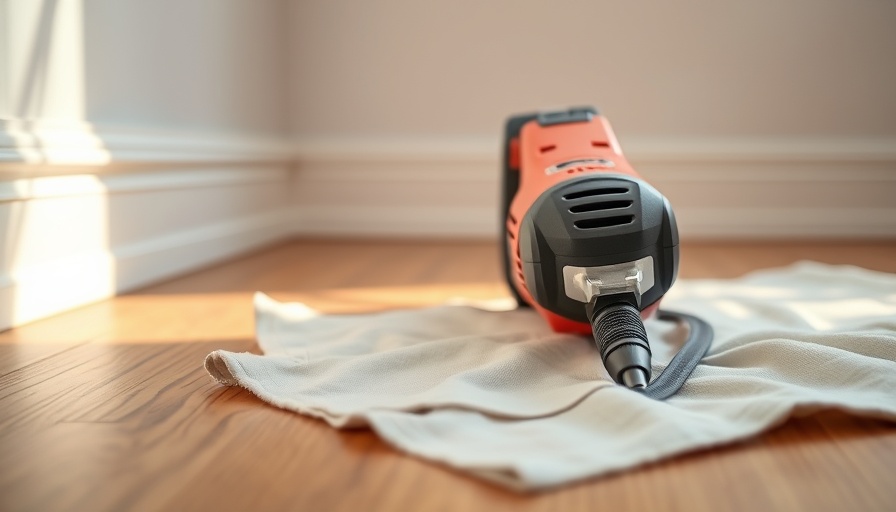
Understanding Rainscreen Cladding: What Is It and Why Does It Matter?
Rainscreen cladding systems are becoming increasingly essential in modern construction, offering a robust solution for enhancing building longevity and energy efficiency. At its core, a rainscreen acts as a protective layer for the structure beneath it, ensuring rainwater is diverted away, preventing moisture accumulation in the walls. In essence, it’s not just about aesthetics; it's about safeguarding a home from the elements.
The Benefits of Rainscreen Cladding
One of the primary advantages of rainscreen cladding is its role in energy efficiency and thermal regulation. Rainscreen systems can considerably reduce heating and cooling costs by creating an air gap that acts as insulation. Moreover, homeowners benefit from lower energy bills, especially in climates with extreme temperatures. Additionally, the aesthetic appeal of various materials—like wood, metal, or composite—can enhance the overall design, making it a favorite among architects and builders alike.
Common Challenges in Installing Rainscreen Cladding
Despite its benefits, achieving a proper rainscreen installation comes with challenges. The key is ensuring that the cladding is installed with the right gap for airflow and moisture management. Errors during installation can lead to drainage issues, which may cause structures to experience mold growth or structural damage over time. Additionally, maintaining proper ventilation behind the cladding is crucial to avoid trapped moisture that can accelerate deterioration.
Real-Life Impacts: Case Studies
Consider a coastal home that faced issues with saltwater intrusion; after implementing a rainscreen system, the owners noted a dramatic improvement in indoor air quality and energy efficiency. This example showcases the crucial role of rainscreen cladding not just for protection but also for enhancing living conditions. Similarly, other homes that adopted these systems reported fewer maintenance costs and extended lifespans for their buildings. These case studies illustrate that the right materials and installation techniques can lead to significant long-term savings.
Future Trends in Rainscreen Technology
As construction practices evolve, so does the technology behind rainscreen cladding. Innovations include moisture-absorbing materials that actively prevent water retention and allow surfaces to breathe more effectively. Furthermore, sustainable materials are gaining traction, allowing homeowners to feel good about their environmental impact. We can expect continued advancements in the coming years, particularly as regulations around building codes become stricter regarding moisture control and energy efficiency.
DIY Vs. Professional Installation: Making the Right Choice
When considering a rainscreen cladding project, the decision to DIY or hire a professional can dictate the project's success. DIY enthusiasts might appreciate the cost-saving opportunities but must be wary of the technical requirements involved. On the other hand, hiring a professional ensures that have the appropriate skills and knowledge for proper installation, thus minimizing potential risks. Whatever choice you make, understanding the complexities of rainscreen systems can lead to a successful outcome.
Take Action: Upgrade Your Home with Rainscreen Cladding
Upgrading to a rainscreen cladding system can significantly improve your home’s protection against moisture and enhance its curb appeal. As a homeowner, it’s crucial to do thorough research, consult professionals, and consider all aspects of your project. Implementing these systems not only protects your investment but also contributes to a more sustainable living environment. Are you ready to explore the benefits of rainscreen cladding for your home?
 Add Row
Add Row  Add
Add 




Write A Comment